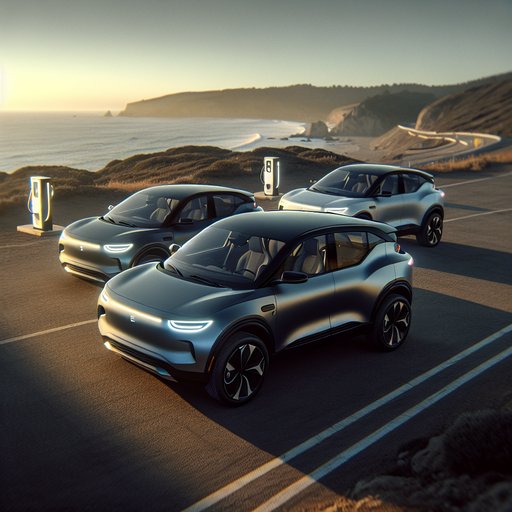
We spent a week testing three of the best-selling compact electric SUVs back-to-back to see which one best balances range, charging speed, comfort, and value. Here’s how the Tesla Model Y Long Range, Hyundai Ioniq 5 AWD, and Volkswagen ID.4 AWD stacked up in identical real-world conditions.
Specs first. Our Model Y Long Range was a dual‑motor AWD on 19-inch wheels (EPA 310–330 miles, 250 kW peak DC charge). The Hyundai Ioniq 5 AWD rode on 20s with the 77.4 kWh battery (EPA 260–266 miles, 800V architecture, up to 235 kW DC). The Volkswagen ID.4 AWD Pro wore 19s with the 82 kWh pack (EPA 255–263 miles, up to 175 kW DC).
Prices as tested: Tesla $50,490, Hyundai $56,100 (Limited), VW $51,300 (Pro S). All three featured heat pumps and dual‑motor traction. We ran the trio over the same 200‑mile loop: 70% highway at a GPS‑verified 70 mph, 30% suburban/urban, temps 68–74°F, climate set to 72°F, tire pressures normalized to placard, and drivers rotated. We also conducted 70‑mph noise measurements, DC fast‑charging from 10–80%, and cargo usability checks with standardized luggage.
On the road, the Model Y feels the most urgent: our clocked 0–60 mph was 4.7 seconds, with strong midrange thrust and firm, well‑controlled damping that turns in crisply but can fidget on broken pavement. The Ioniq 5 hits 60 in 4.9 seconds; it’s quieter over expansion joints and the ride breathes better, trading a touch of body motion for comfort. The ID.4 is the least athletic at 5.4 seconds to 60, but its progressive pedal mapping and relaxed steering make it the easiest to drive smoothly in traffic. Efficiency and range separated them.
On our loop, the Model Y averaged 270 Wh/mi, translating to an estimated 70‑mph highway range of 275–285 miles. The Ioniq 5 averaged 310 Wh/mi for an estimated 225–235 miles at 70 mph, while the ID.4 returned 300 Wh/mi and 235–245 miles. Regen tuning: Tesla’s blended one‑pedal mode is strongest; Hyundai offers adjustable levels with a natural coast in i‑Pedal off; VW’s B‑mode is moderate but predictable. Charging results mirrored the spec sheets.
The Ioniq 5 hit a 233 kW peak and completed 10–80% in 19 minutes on a 350‑kW charger, holding >150 kW deep into the curve. The Model Y peaked at 250 kW and took 27 minutes on a V3 Supercharger. The ID.4 peaked at 172 kW and needed 31 minutes on a 350‑kW unit. Infotainment: Tesla’s UI is snappy with best‑in‑class route‑planning/charger integration; Hyundai’s wired/wireless CarPlay/AA and physical controls are the most user‑friendly; VW’s latest software fixes lag, but touch sliders remain fiddly.
Driver assistance: Tesla’s lane centering is assertive but chatty with nags; Hyundai’s HDA 2 tracks cleanly with smooth lane changes; VW Travel Assist is steady if conservative. Cargo and family duty: Model Y offers the most flexible space (flat floor plus frunk), ID.4 has the boxiest load area and the best rear‑seat headroom, Ioniq 5 wins for small‑item storage and rear legroom. Verdict: The Model Y is the efficiency and road‑trip champ, aided by the Supercharger network and strong performance—best pick for high‑mileage drivers. The Ioniq 5 blends fast charging with comfort and the most intuitive controls—ideal as a daily for families who value refinement.
The ID.4 counters with approachable dynamics, usable space, and likely federal credit eligibility—smart value play. Choose Tesla for range, Hyundai for ride/UX and ultra‑fast stops, VW for comfort and price.












